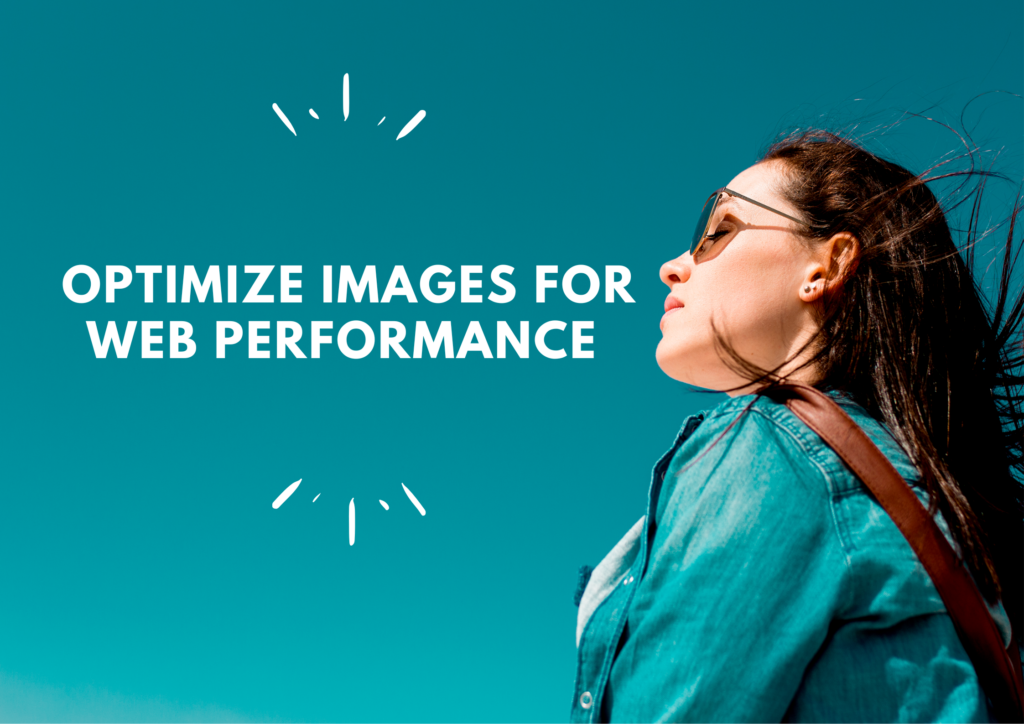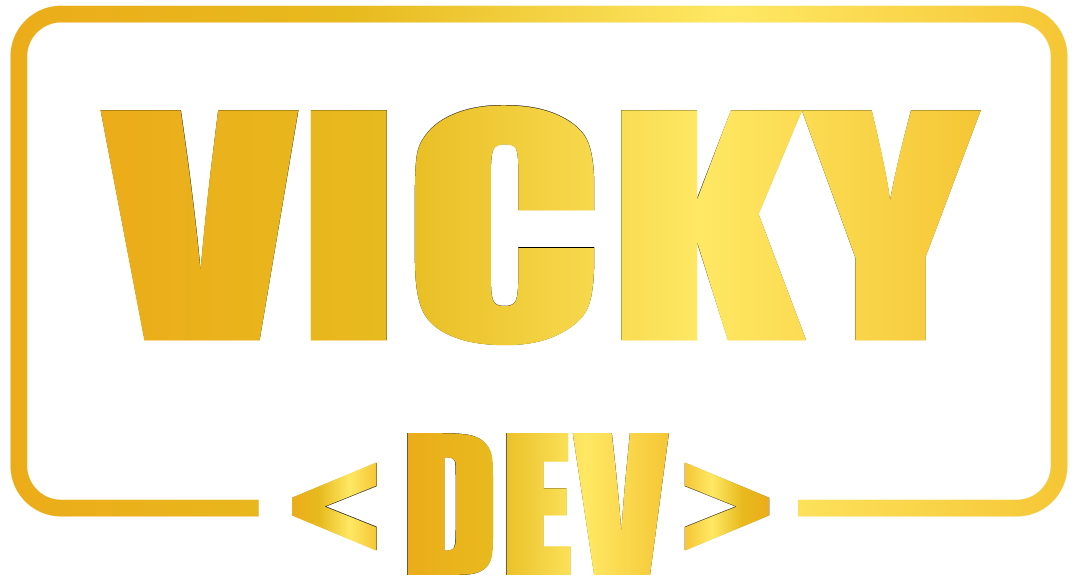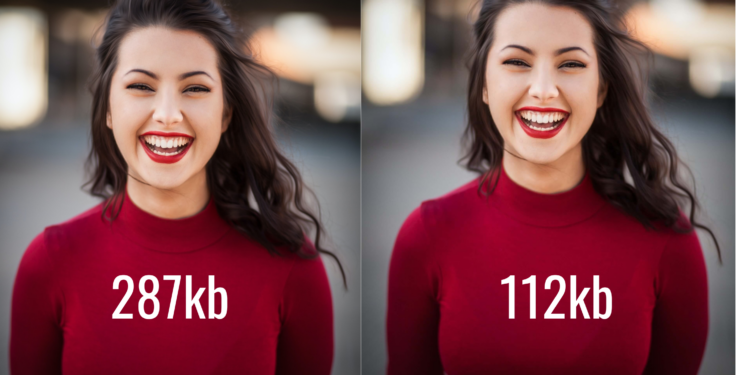It is a well-known fact that images are a very important part of the web. There are numerous reasons for this. The images add visual effects to the site. The motive behind using images is to make the user experience better.
Although, good-quality images are large. This affects the site’s performance negatively. It may surprise you but most people neglect image importance. If used the right way, images can improve the site’s performance.
But the big question is how to do it. Don’t worry, there are several ways by which you can optimize images. This article will cover all the tips and tricks that are necessary.
In addition to this, we will also recommend some plugins that will do the work automatically.
So let’s discuss how you can optimize images on your site.
What is Images Optimization?
In simple words, image optimization is the process of compressing the image size. What’s important here is that the quality of the images should be maintained. There are two types of image-compressing methods.
- Lossy Compression: When images are compressed this way, a minor quality of the image is lost. Although, the image is still good enough to use. Most of the users will not notice the difference in quality.
- Lossless Compression: This is the best image optimization method. Images compressed this way doesn’t lose any quality.
What are the Benefits of Images Optimization for Web Performance?
There is no dearth of content on the internet. As a result of this people have a very short attention span. Moreover, it is decreasing constantly. So keeping visitors on the site is more difficult than ever.
- Better SEO score: Making good content is of no use if the site doesn’t rank. A combination of optimization with good content helps improve your SEO score. Google recommends sites be light in weight. If it did the right way sites rank higher.
- Faster Loading Speed: Optimization reduces the loading speed of a site. Everybody loves faster-loading sites including google.
- Less Burden on the Server: Smaller file sizes reduce the burden from the burden.
- Uses Less Bandwidth: The files that are smaller in size use less bandwidth. This helps in managing the site’s performance better. This becomes even more important if you are using a general hosting plan.
- Faster Backups: When you have websites on the internet. It is important to have a backup of the site regularly. Creating backups when file sizes are smaller is way faster than with large files.
- More Visitor Retention
 Do you know Images are around 15-20 percent of your total site weight? I think this is enough to know how important optimization is.
Do you know Images are around 15-20 percent of your total site weight? I think this is enough to know how important optimization is.
Now imagine what the user will do, if your site loads slowly like a turtle. Yes, you guessed it right. He will look for other options because there are many. Other than this, images use space on the server you use. If the space is less then it can create problems.
How to Optimize Images for Web Performance?
The goal is to reduce the overall size of the image. What’s even more important is to maintain the quality of the image. Because an optimized image with bad quality is of no use. Before doing this, I would recommend you choose the right file and compression method.
- File Types
- Jpeg
- Png
- Gif
- WebP (not supported by all browsers).
Tools to Optimize Images for Web Performance
Image Optimization with the Help of a Plugin
You know the best way to use images on the site is to compress them before uploading. But what will you do if you have multiple writers? In this case, you should use a plugin to compress images automatically.
But the problem is this method can be only used with WordPress. In the rest of the situations, compress your images before uploading.
Some Recommended Plugins for Image Compression
- Kracken.io
- Imagify
- Compress JPEG and PNG Images
Final Thoughts On Image Optimization
I hope you understood the importance of optimization. Now you should check images on your site if they are compressed properly.
As a whole, we can say that images are a huge part of the site’s total weight. Not to mention that a good site with properly compressed images can make a huge difference. I hope you enjoyed the article.
If so, you might also want to see our article on How to Try WordPress Without Hosting or a Domain. Thank you for being here.








